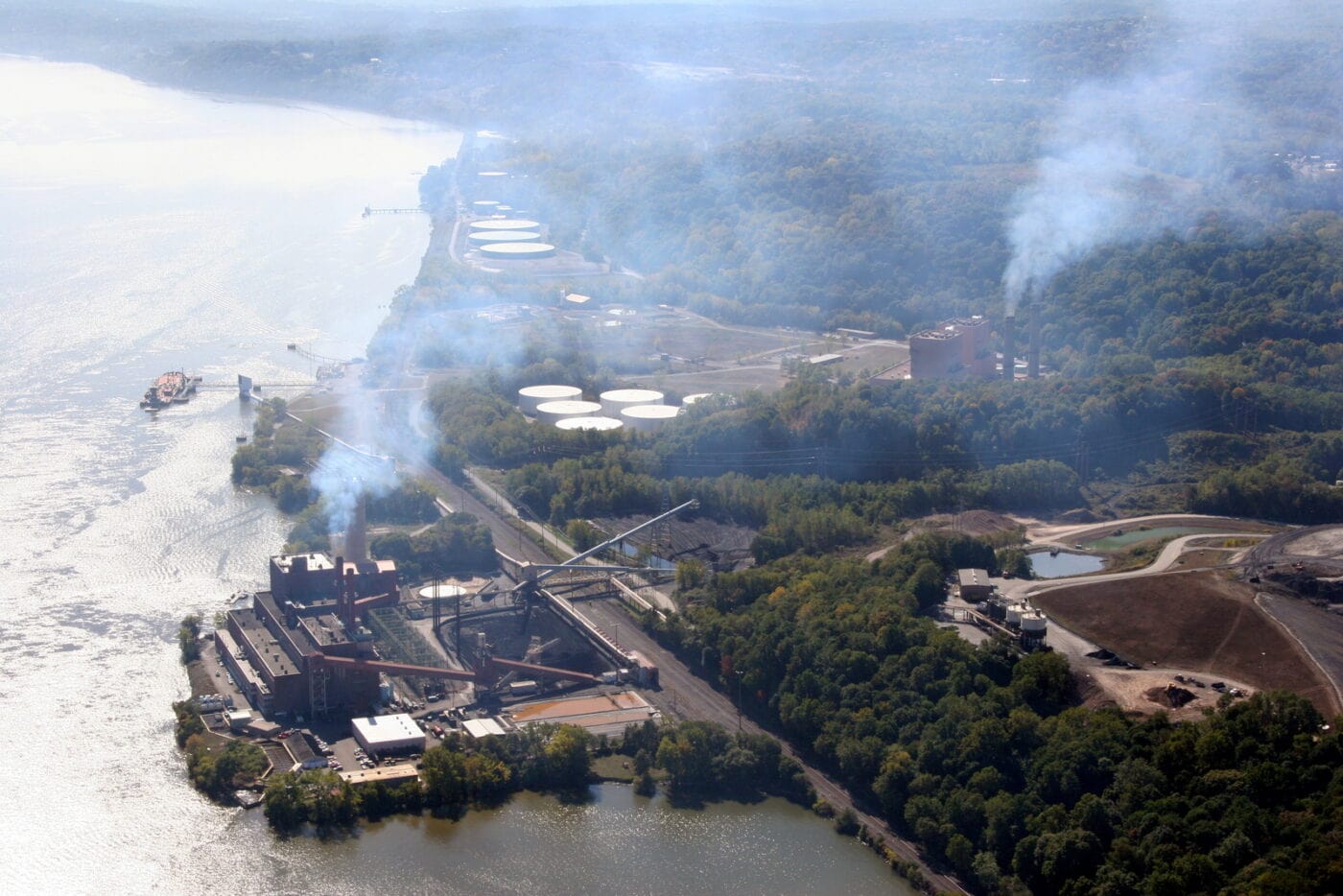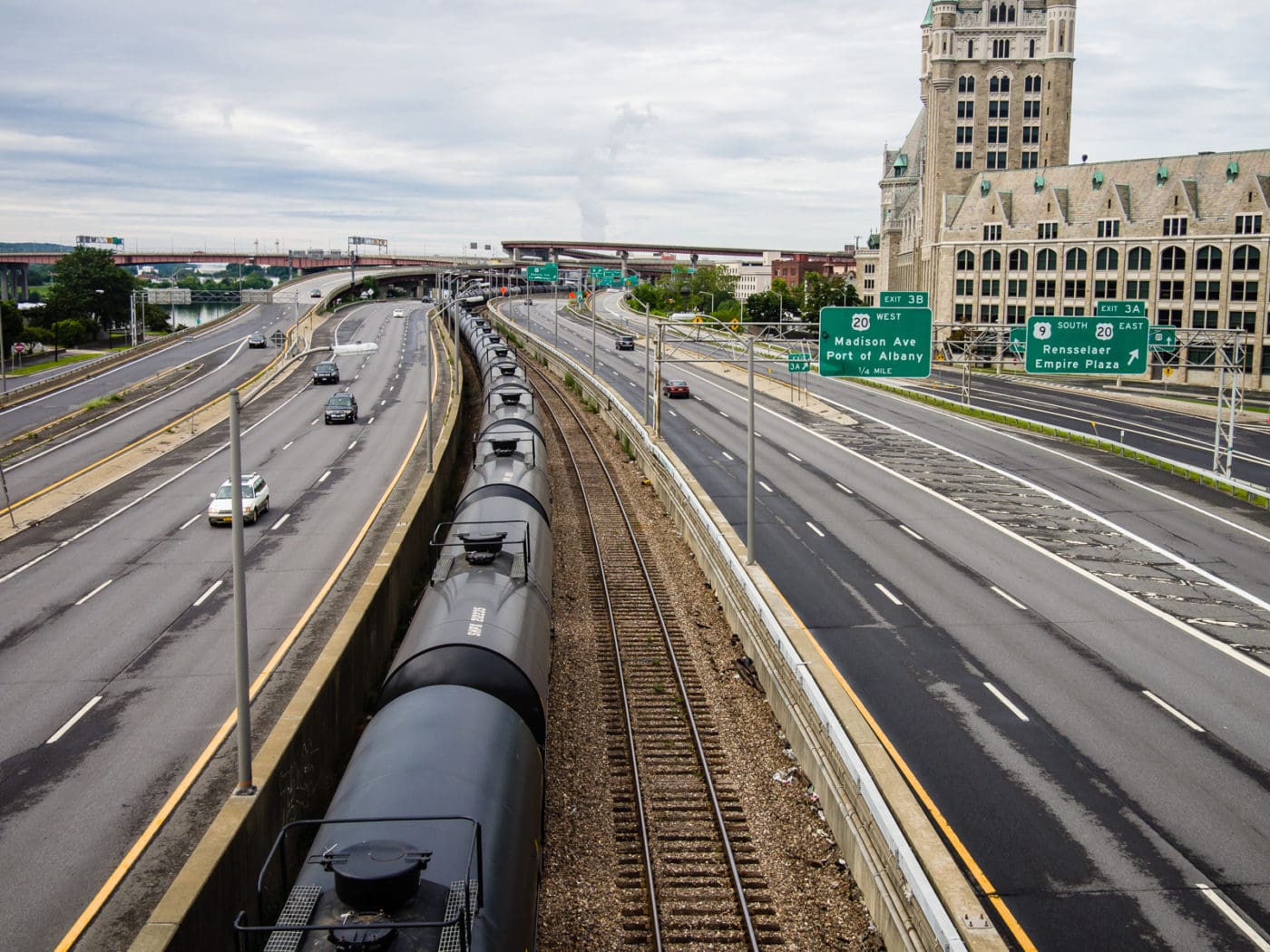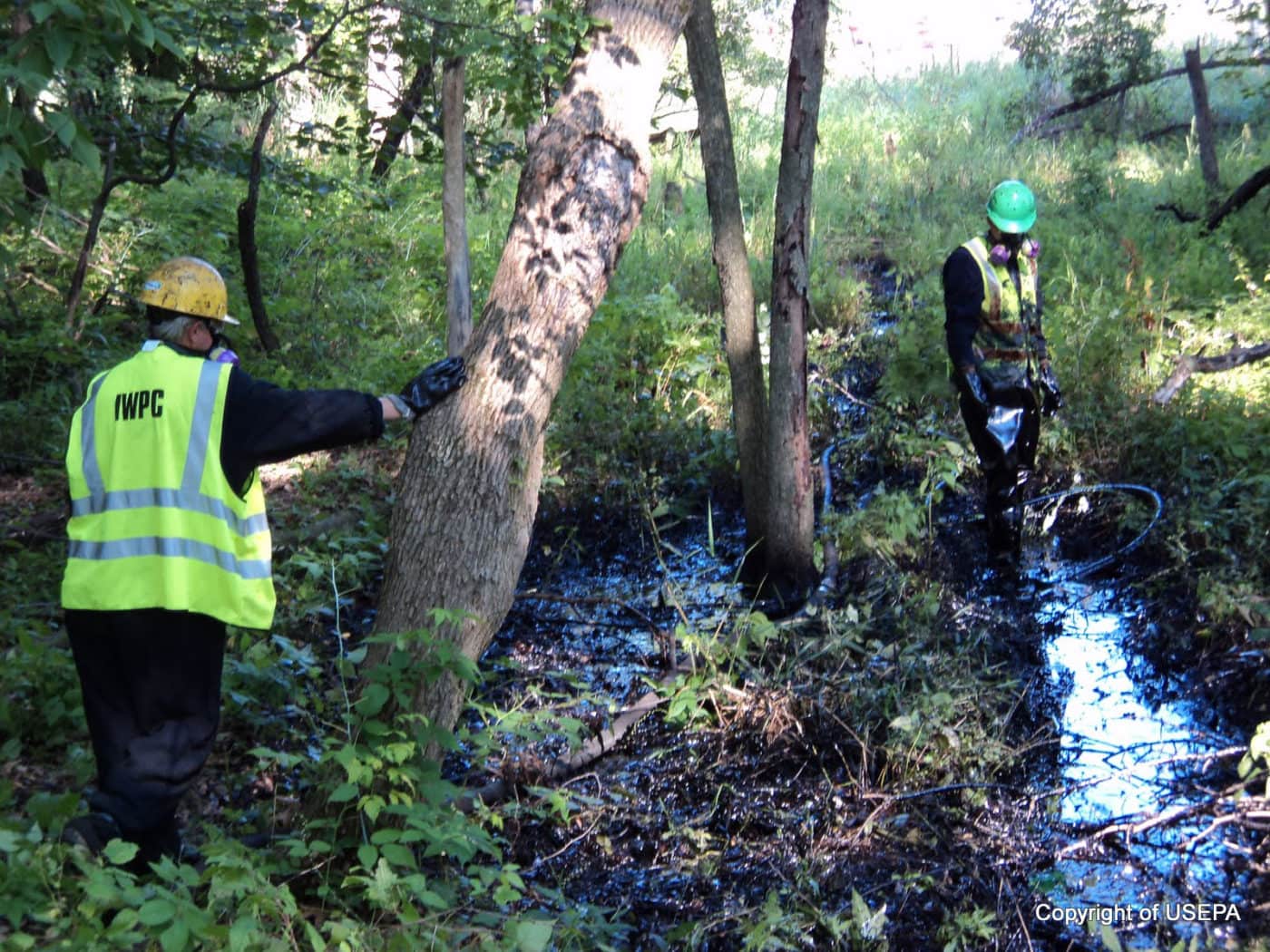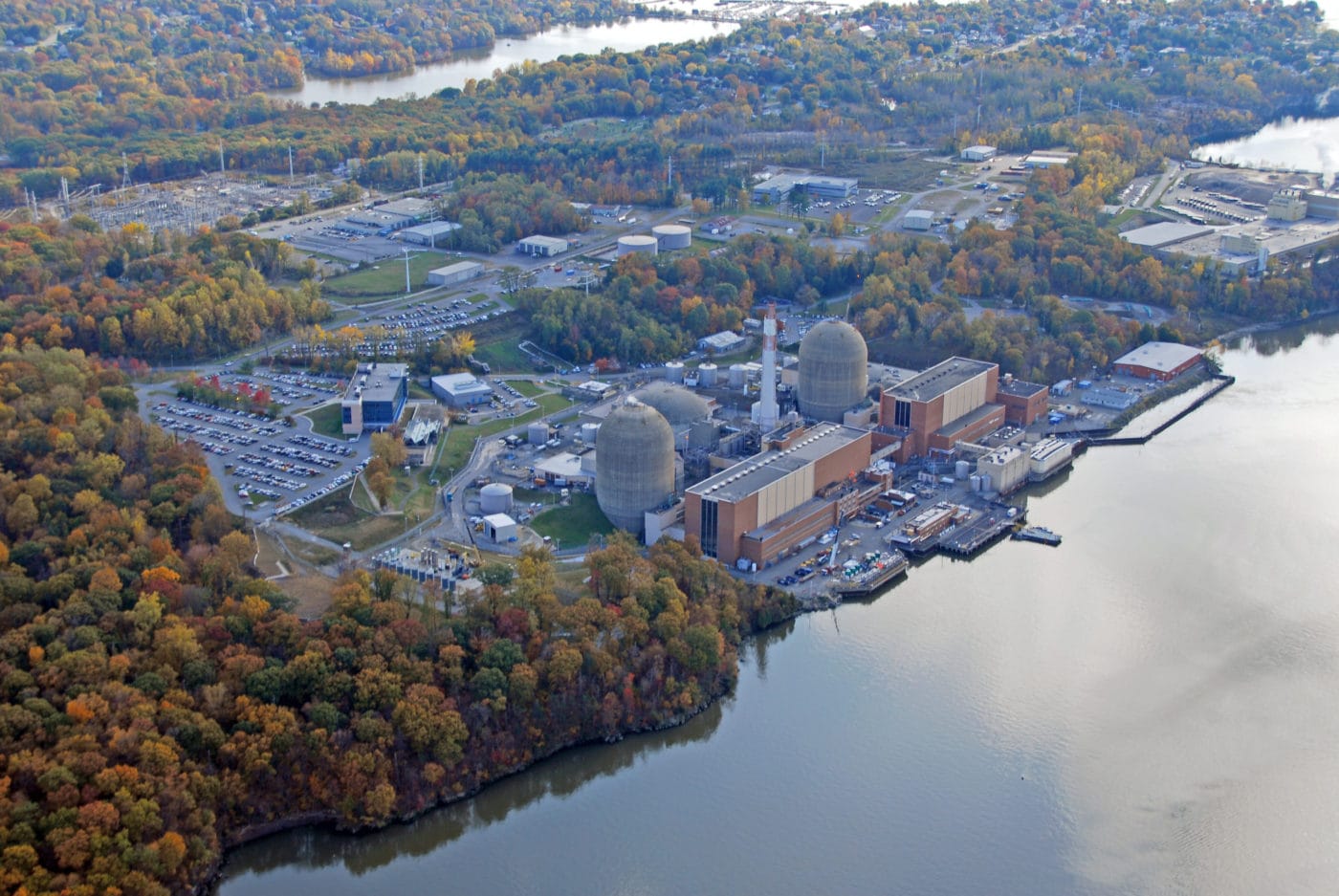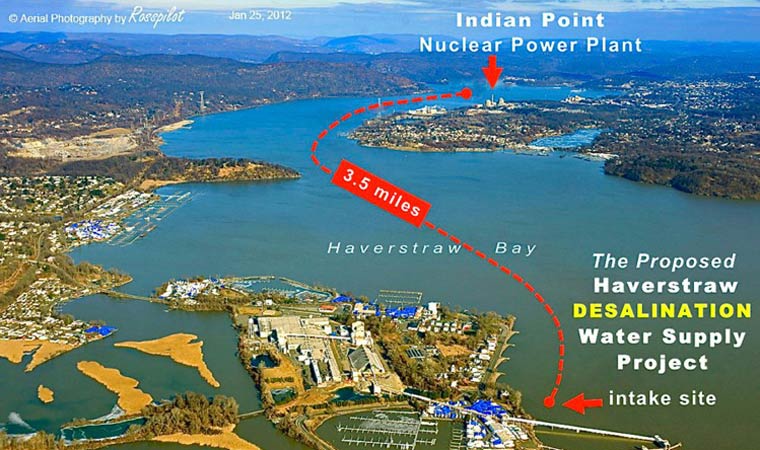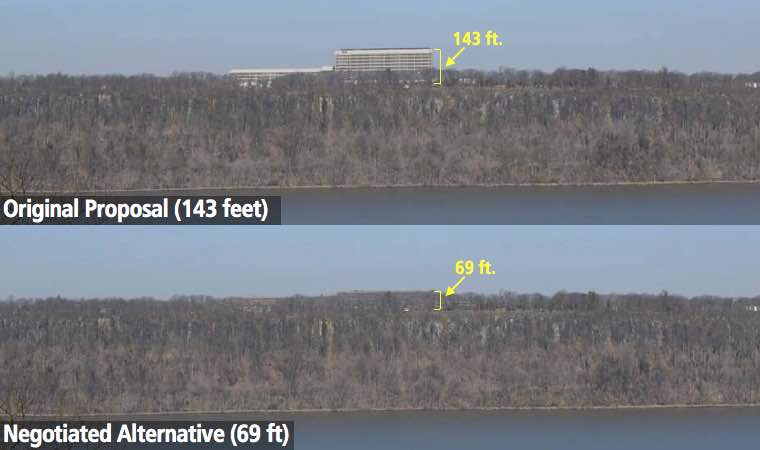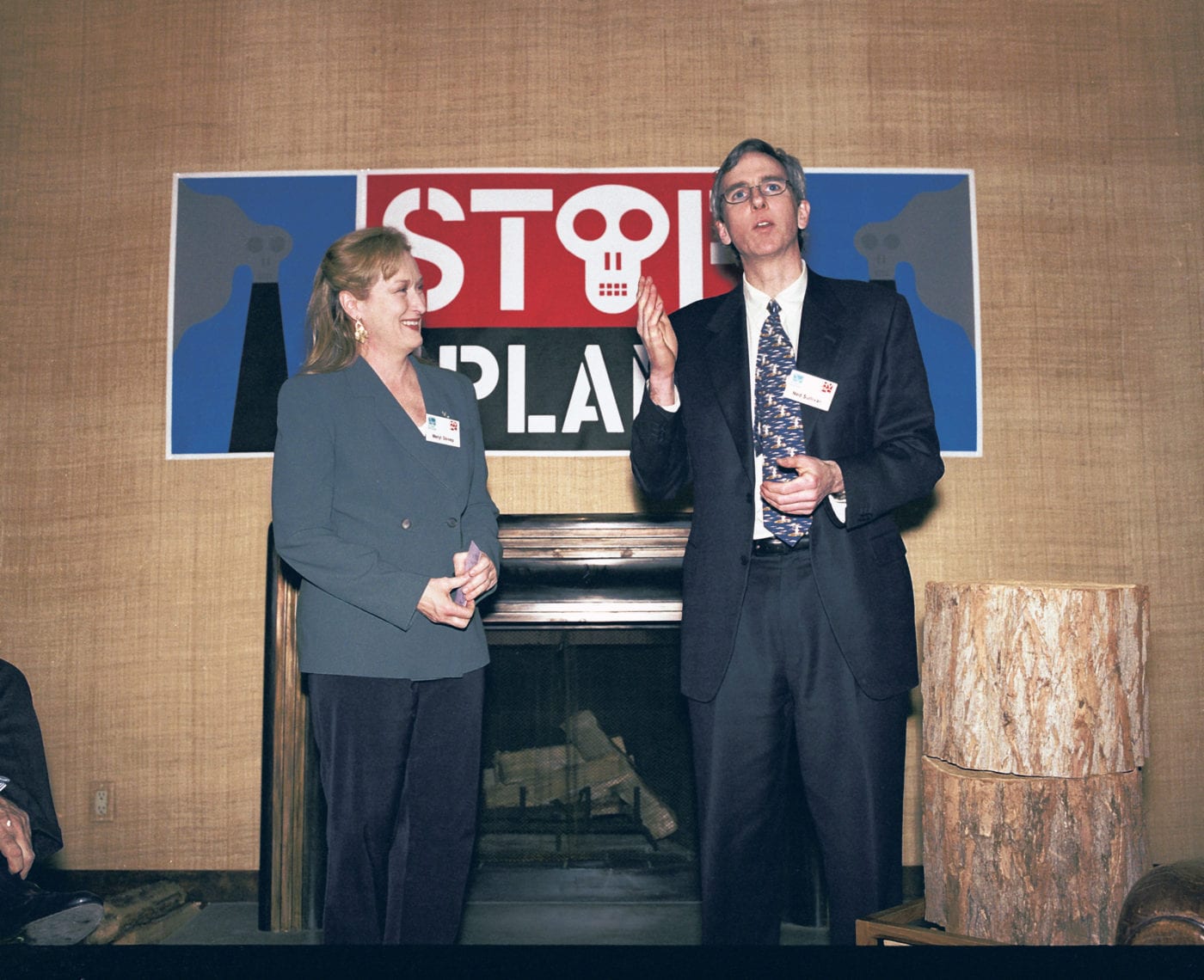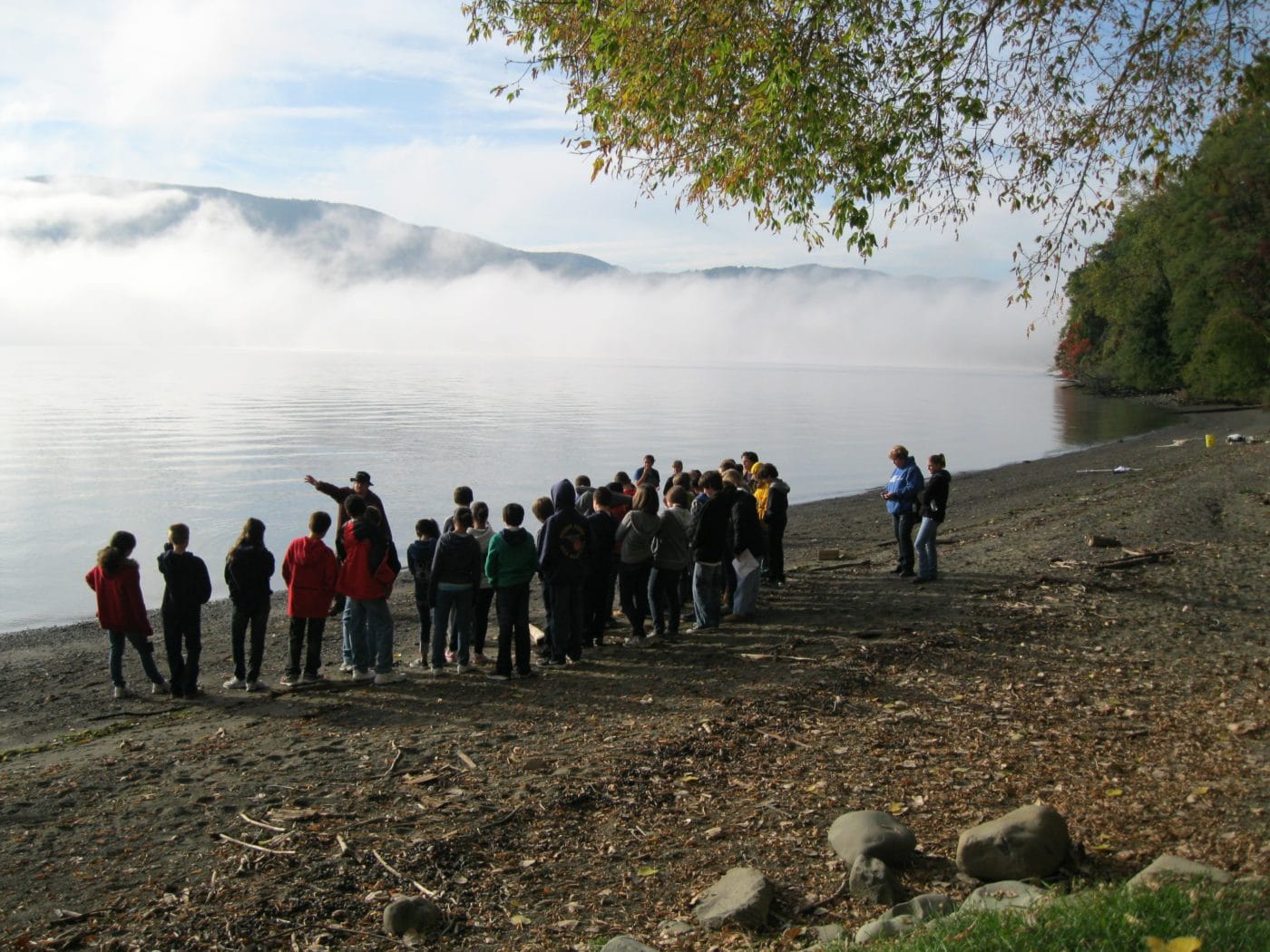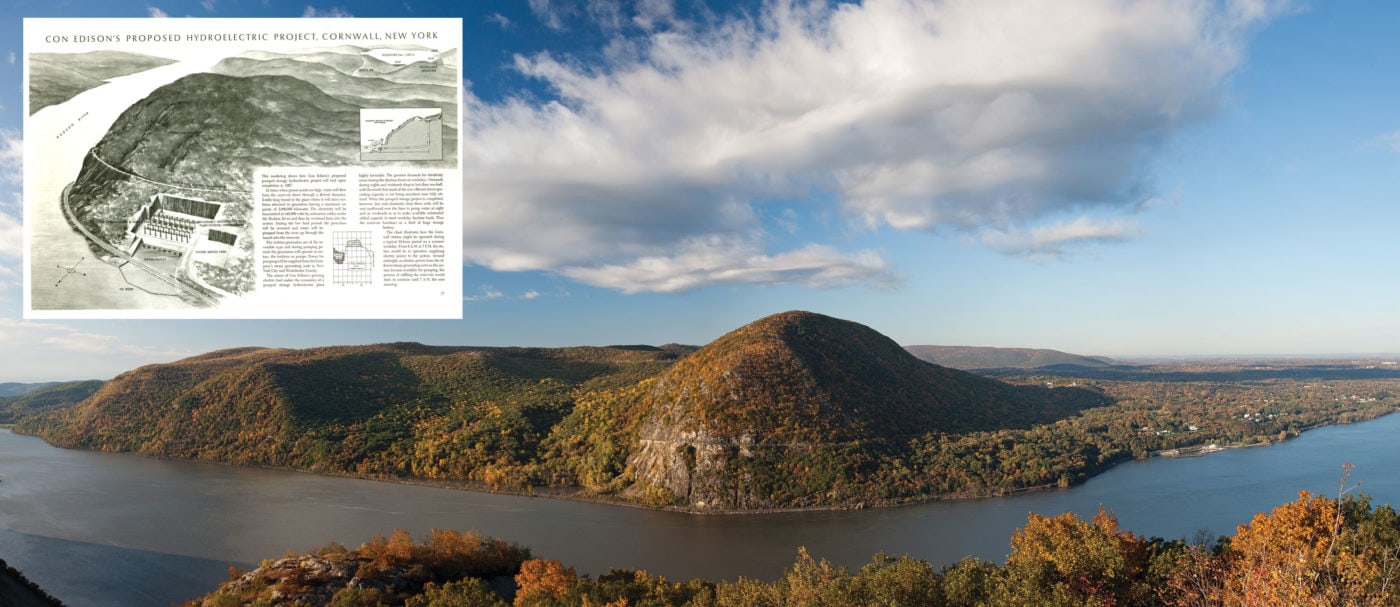Hudson River Storm Surge Barriers
As the government assesses how to protect the shorelines around New York City from future storm surges, we must be sure to protect the environmental and economic health of the entire Hudson River estuary for generations to come.
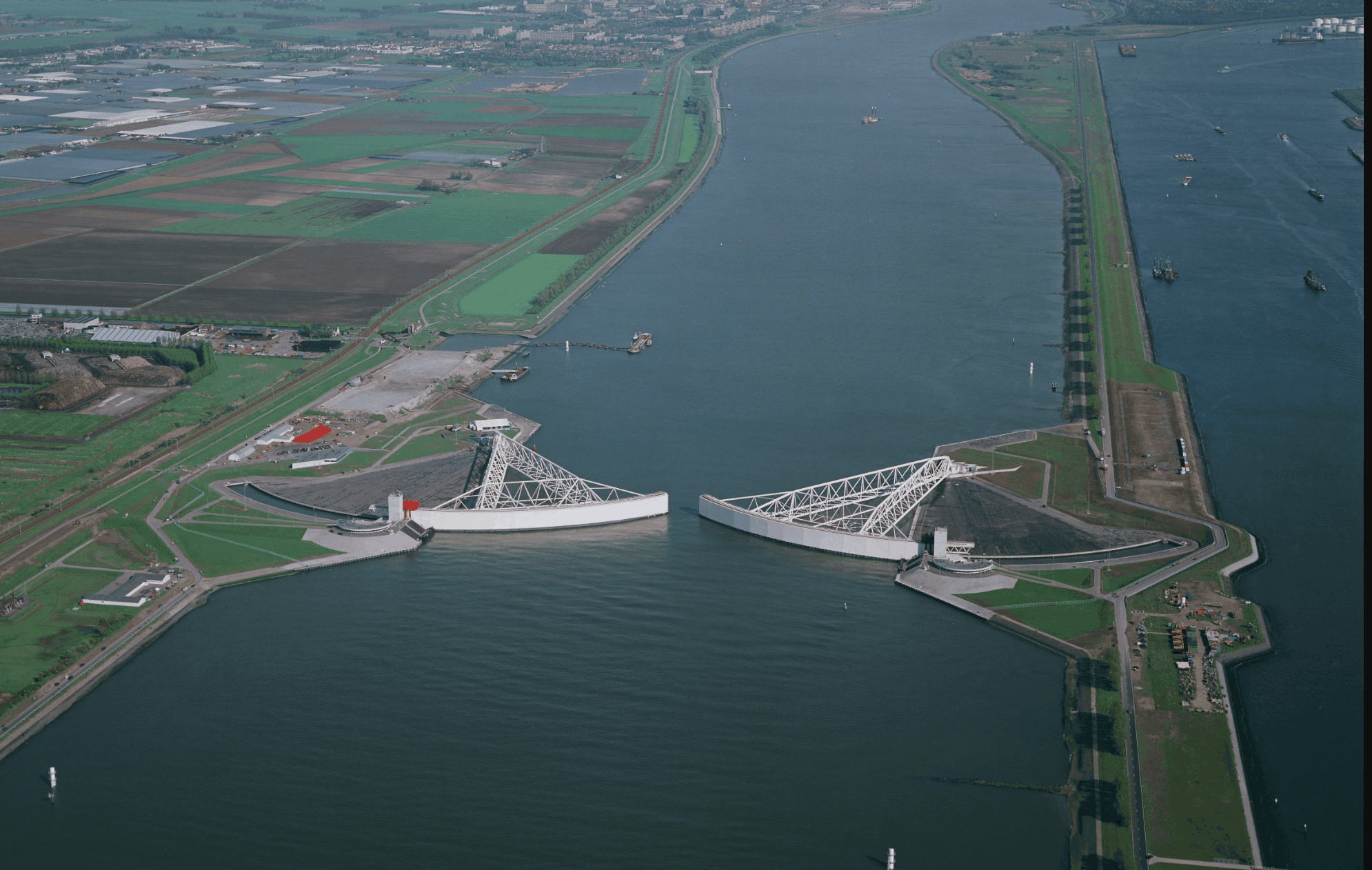
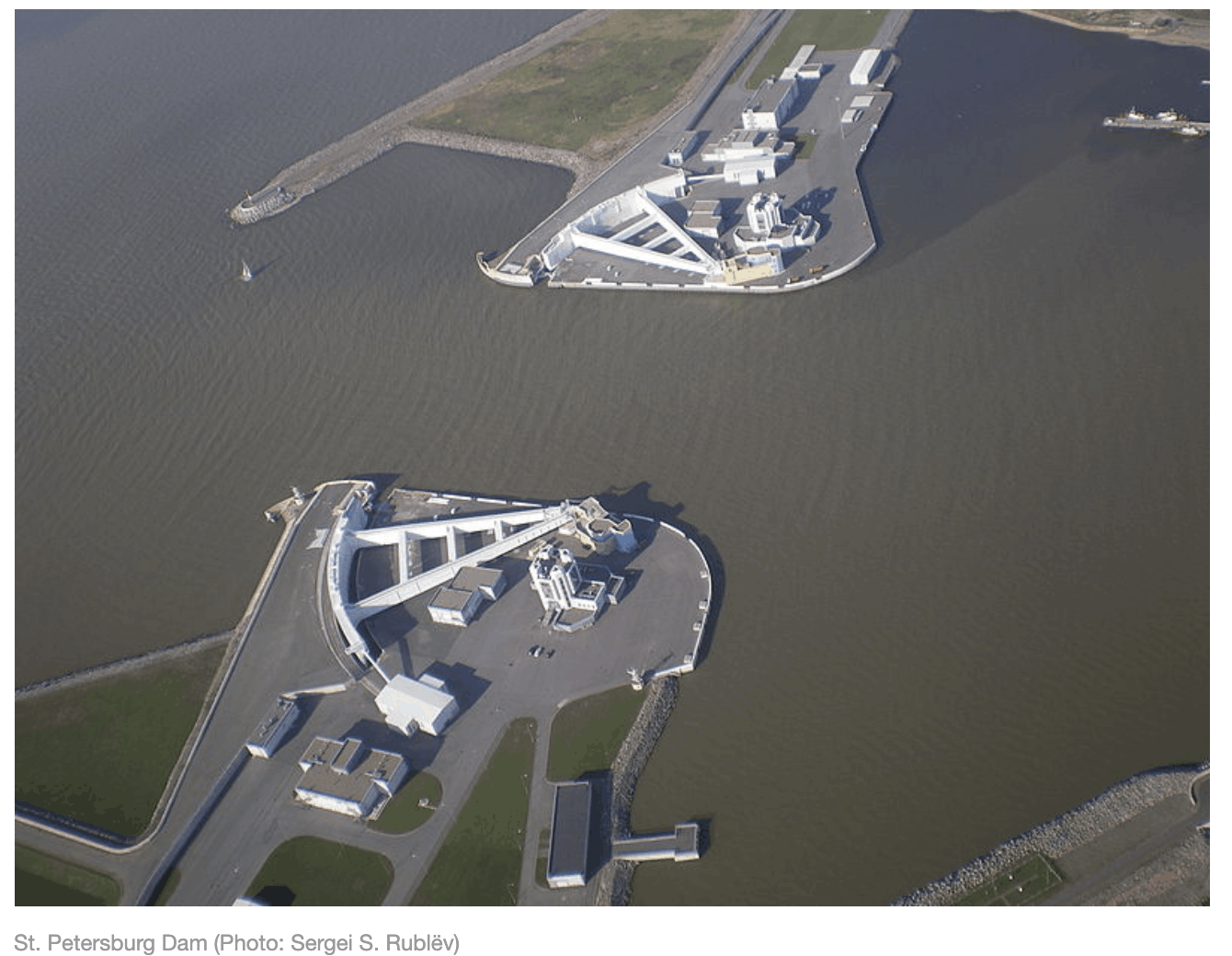
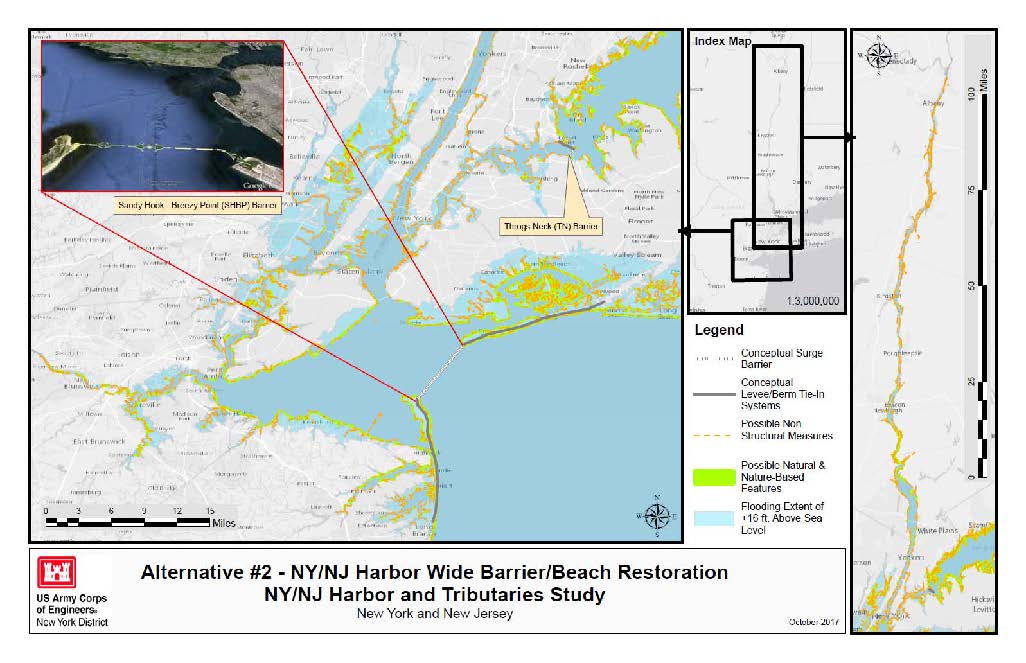
What's the plan?
Responding to concerns raised after damage caused by Superstorm Sandy in 2012 — and the increased likelihood of future extreme weather events — the Army Corps of Engineers (ACOE) began evaluating proposals to protect shorelines along the Hudson River and New York-New Jersey Harbor against severe flooding.
They include relying on ongoing and/or existing projects, constructing floodwalls and levees along the river, and erecting a five-mile-wide barrier across the harbor’s outlet into the Atlantic Ocean that would choke off the estuary’s tidal flow and prevent fish migration.
Eventually, the ACOE will choose two or more alternatives for further study. Initially, it planned to select these based solely on economic considerations. Following strong public opposition — spearheaded in part by Scenic Hudson — the ACOE now says it will factor in environmental concerns in the upper Hudson River. It hopes to make a final recommendation to Congress by 2022.
What's at stake?
Most of the proposed alternatives would:
- Dramatically — and permanently — harm the Hudson River ecosystem, arguably the East Coast’s most productive estuary
- Do nothing to address the ongoing and long-term damage caused by sea level rise
- Undermine the $15.7-billion federal investment to improve shoreline resiliency following Sandy
- Be costly — estimates range from $14.8 billion to $118.8 billion
- Impact every riverfront community from New York City to Troy
- Undo decades of work to restore the river’s aquatic habitats
Only alternatives that address sea level rise as well as storm surge — and incorporate natural protective features — should be advanced for future study. Furthermore, the chosen plan must safeguard the Hudson estuary’s globally important habitats and species and support ongoing efforts to restore them.
How can I get involved?
Subscribe to Scenic Hudson’s email list to receive updates and learn about ways you can weigh in on the ACOE’s future actions:

